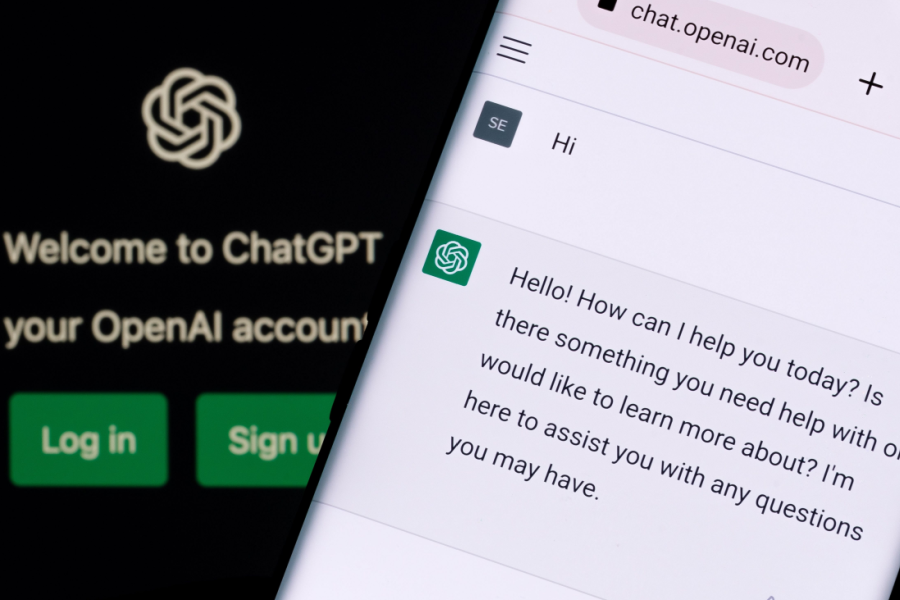As an independent community pharmacist, you likely play several roles in your patients’ lives, including counselor, educator and trusted confidant.
Another role that may be less obvious—but that’s just as important—is that of problem-solver.
When patients have a problem with their medication, or an issue related to your pharmacy’s services or front-end products, take the time to solve the problem for them. Earn their loyalty and repeat business by going the extra mile to be a problem-solver, instead of simply offering advice on how they can solve their problem.
Plus, when you solve patients’ problems, they’ll be more likely to turn to you when other health issues arise.
Here are some common problems patients may have, and ways you can help solve them.
1. Problem: Prohibitive cost
The high, and often increasing, costs of prescription drugs can be a substantial hurdle for many patients, especially cash-paying patients or elderly patients with a fixed income.
Don’t let the price tag scare patients away from adhering to their medication, or prevent them from filling their prescriptions at your pharmacy.
Solution one: Offer a discount program
Help patients get their medication, despite high costs, by offering pricing and benefits comparable to competitor pharmacies. Prescription discount card programs, such as ScriptCard and ScriptCard Plus by PBA Health, a pharmacy services organization, can help your cash-paying patients afford their medications.
Solution two: Help patients select the right coverage
Help Medicare Part D patients afford their medication by reviewing their plan options during open enrollment periods.
Use tools such as the Centers for Medicare & Medicaid Services’ (CMS) Plan Finder, or iMedicare, an online tool created specifically to make Medicare Part D plan comparisons drastically quicker and simpler for independent community pharmacists, to show patients plans that meet all their needs. With iMedicare, you can even show patients if a certain plan covers their prescriptions. That way, they can select a plan that will cover drugs they need, and lower their costs.
Solution three: Talk with the physician
Work with the patient’s physician to find a less expensive alternative.
Explain that cost is a hurdle for this patient and that another drug, or a cheaper version of the drug, might help the patient.
Your patients will appreciate that you took the initiative to call the physician yourself, and you’ll solve the problem more efficiently.
2. Problem: Not picking up refills
Refills can pose a number of problems for patients, and for your pharmacy.
Patients might forget to pick up a refill, leaving you with a prescription you have to return-to-stock, which wastes your pharmacy’s valuable resources. Or, a patient might forget to get a refill for their prescription from their doctor, leading to gaps in adherence that could harm their health.
Solution one: Medication synchronization
Synchronizing all of a patient’s prescriptions to one pick-up date per month can increase the likelihood that patients will pick up their medication, and it makes the entire process simpler for patients.
Plus, if you know patients will pick up their prescriptions, you can limit wasting time and money on return-to-stock prescriptions.
Solution two: Work with the physician
If a patient needs a script renewed, don’t just send him to talk to his physician. Offer to personally call his physician for him.
Spending a little more time to solve the problem for the patient will earn you their appreciation, and their loyalty. The customer satisfaction you create will be well worth the extra time and effort you put into solving the problem.
3. Problem: Negative side effects
Negative side effects from a prescription medication can be a big issue for patients.
Some side effects may be so severe that they deter patients from taking their medications, which can harm their health. Patients are also more likely to share news about negative side effects with their pharmacists, because they see you more often than their physician, and because you’re the medication expert.
Solution one: Find an alternative
Work with the physician to alleviate side effects and find an alternative medication.
Instead of just sending a patient back to her physician, offer to call the physician with your patient in a private consultation area. Offering your advice, knowledge and support to the patient can make it easier to find a solution.
Solution two: Prevent symptoms with testing
Minimize the chance of negative side effects, and frustration of trial-and-error prescribing by offering pharmacogenetic testing.
Offering genetic testing can determine if certain medications will work with that specific patient’s genetic makeup, which can help patients find the best medication for them the first time.
Continue cultivating your strong relationships with patients by building your credibility.












